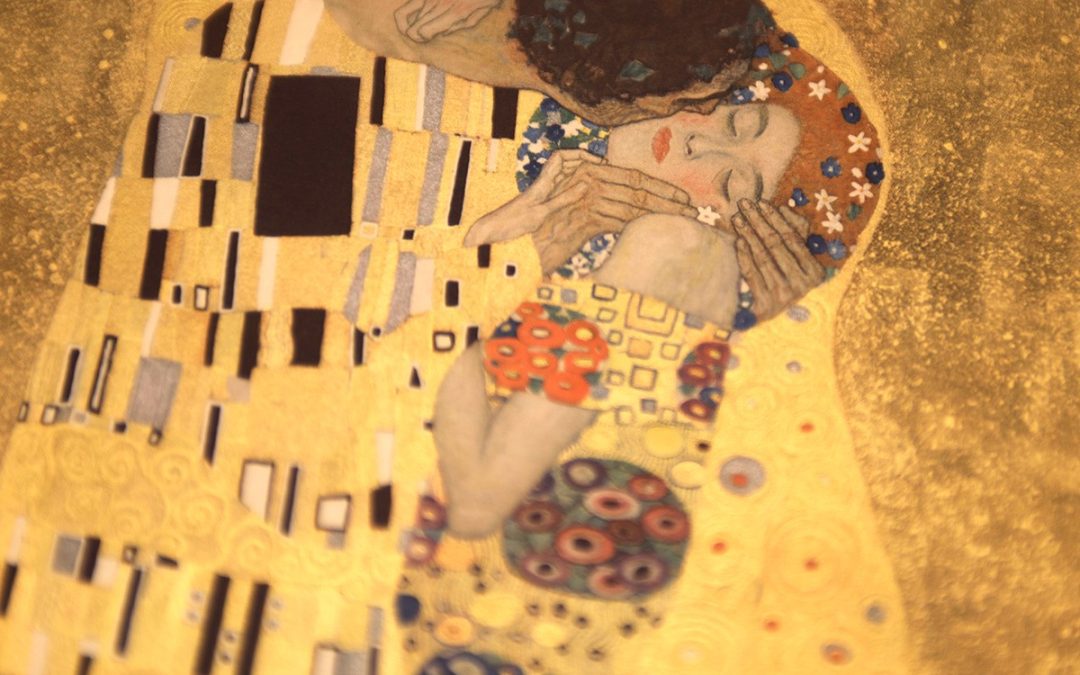
Collecting Editioned Prints: Gustav Klimt
Gustav Klimt, one of the most recognizable artists of the 20th century, scandalized the Viennese establishment and awed his contemporaries with his opulent and erotic nudes. He rose to fame as a leading member of the Vienna Secession, a movement closely related to Art Nouveau, and while his works include paintings of landscapes and gardens, he is best remembered for his sensuous depictions of the female form.
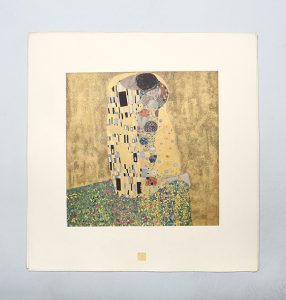 The Kiss (1907–08) is one of the world’s most iconic artworks and a masterpiece of fin-de- painting. The intimate artwork, heavily embellished with gold leaf, silver, and platinum, was painted at the height of Klimt’s brief but majestic “Golden Period” (1901–09). Although KIimt’s output from these years represents only part of his oeuvre, the golden paintings from this time are his most well-known. They include Judith I (1901), The Three Ages of Woman (1905), and the lavish commission The Portrait of Adele Bloch-Bauer I (1903–07), which is so elaborately gilded that art critic Ludwig Hevesi hailed it as “a dream of bejewelled lust” 1. It made its model, a 26-year-old Viennese socialite, an instant celebrity.
The Kiss (1907–08) is one of the world’s most iconic artworks and a masterpiece of fin-de- painting. The intimate artwork, heavily embellished with gold leaf, silver, and platinum, was painted at the height of Klimt’s brief but majestic “Golden Period” (1901–09). Although KIimt’s output from these years represents only part of his oeuvre, the golden paintings from this time are his most well-known. They include Judith I (1901), The Three Ages of Woman (1905), and the lavish commission The Portrait of Adele Bloch-Bauer I (1903–07), which is so elaborately gilded that art critic Ludwig Hevesi hailed it as “a dream of bejewelled lust” 1. It made its model, a 26-year-old Viennese socialite, an instant celebrity.
Original artworks by Klimt fetch staggering prices. A subtler painting of the same model, The Portrait of Adele Bloch-Bauer II (1912), sold for $87.9 million in New York in 2006. In 2022, the landscape Birch Forest (1903) was auctioned for $104.6 million at Christie’s New York, setting a new record for Klimt. This record was broken the following year by the sale of Klimt’s final painting, Lady with Fan (1918), which was famously found on an easel in his studio at his death. The painting sold for $108.4 million at Sotheby’s, making it the most expensive public sale of any artwork in Europe.
While these soaring prices prevent all but the wealthiest collectors from acquiring original works by Klimt, his editioned prints offer an accessible foothold to the market. Limited edition prints are a coveted area for serious collectors, with prints by Edvard Munch, Pablo Picasso, Andy Warhol, and Banksy achieving seven-figure sales. The prices for individual prints from Klimt’s three editioned portfolios, Das Werk (1914), Fünfundzwanzig Handzeichnungen (1919), and Eine Nachlese (1931), sell for between £1,750 to £20,000 depending on variables such as condition, colouring, and the desirability of the original artwork.
Das Werk (1914)
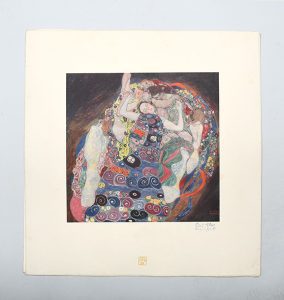 Das Werk is the only editioned portfolio produced during Klimt’s lifetime. Overseen by Klimt in partnership with the Galerie Miethke, it was produced for the Kunstschau Wien 1908 exhibition, held to celebrate the 60th anniversary of the reign of Emperor Francis Joseph I. The portfolio was intended to advertise Klimt’s work to a wider audience and proved a success: Emperor Franz Joseph himself was a subscriber to the portfolio.
Das Werk is the only editioned portfolio produced during Klimt’s lifetime. Overseen by Klimt in partnership with the Galerie Miethke, it was produced for the Kunstschau Wien 1908 exhibition, held to celebrate the 60th anniversary of the reign of Emperor Francis Joseph I. The portfolio was intended to advertise Klimt’s work to a wider audience and proved a success: Emperor Franz Joseph himself was a subscriber to the portfolio.
Comprising 50 unbound prints, the portfolio was issued to subscribers over the course of six years. Ten prints were released every 18 months, and each print was embellished by a unique gold signet designed by Klimt. The full portfolio comprises 40 monochromatic prints and 10 colour prints heightened with gold and silver: the latter are the most desirable, and include The Kiss, Judith, and several others from his Golden Period. Only 300 portfolios were produced and complete sets cost between £20,000 and £30,000. Many of the portfolios were broken up and individual prints circulate for sale individually.
Klimt died in 1918, shortly after the completion of Das Werk.
Fünfundzwanzig Handzeichnungen (1919)
The year after Klimt’s death, Vienna’s Max Jaffé issued the portfolio Fünfundzwanzig Handzeichnungen (“Twenty-five hand drawings”), comprised mainly of erotic sketches of nude women. It was posthumously published in an edition of 500, each portfolio containing 25 prints after line drawings by Klimt. There was also a Collector’s Edition of 10 portfolios numbered IX, each of which included an original drawing by Klimt.
Eine Nachlese / Dernière gerbe / An Aftermath (1931)
Eine Nachlese was published by Max Eisler, an art historian at Vienna University who had helped with the publication of Das Werk. The portfolio, published in a total edition of 500, comprised 30 prints, 15 of which were in colour. It was printed in three different languages: 200 copies in German, of which 30 were bound as a deluxe book; the French and English portfolios were printed in a run of 150 copies each, of which 20 were bound as a deluxe book.
Six of the paintings reproduced Eine Nachlese were lost, presumably destroyed, during the Second World War. They were in storage in the castle Schloss Immendorf in Austria when it was set on fire by a retreating division of the German army on 8 May 1945. They include two from Klimt’s Faculty Paintings, originally created for the ceiling of the Great Hall of the University of Vienna, Medizin and Jurisprudenz, and four from the famous Lederer collection: Die Freundinnen, Malcesine am Gardasee, Bauerngarten mit Hühnern, and Gastein.
Collotype Printing
All the prints in the three Klimt portfolios were produced using collotype printing – a delicate, laborious process, rarely used today. It is still considered one of the most faithful methods of reproduction, employed by artists including Max Ernst, Marcel Duchamp, and Gerhard Richter. In modern digital and offset prints, a photographic image is broken down into groups of tiny dots to give the impression of gradation, whereas in collotype printing, a photographic image is burnt into a thin layer of gelatin, which is then coated in ink and printed. The ink seeps into the gelatin, which allows for microscopically delicate reticulations, producing a more sincere reproduction of the image. Short runs are essential, as collotype plates are notoriously delicate and cannot be reused.
While collectors can still nurse the hope that a lost Klimt turns up in their attic (his Portrait of Fraulein Lieser was rediscovered in January of this year), the craftsmanship involved in the production of these prints, particularly those demanding multiple colours and metallic detailing, makes them very desirable for collectors who’ve yet to stumble upon an original work.
Written by Anna Middleton, Bookseller and Cataloguer
- Quoted in Philip Hook, Art of the Extreme 1905–1914, 2021.


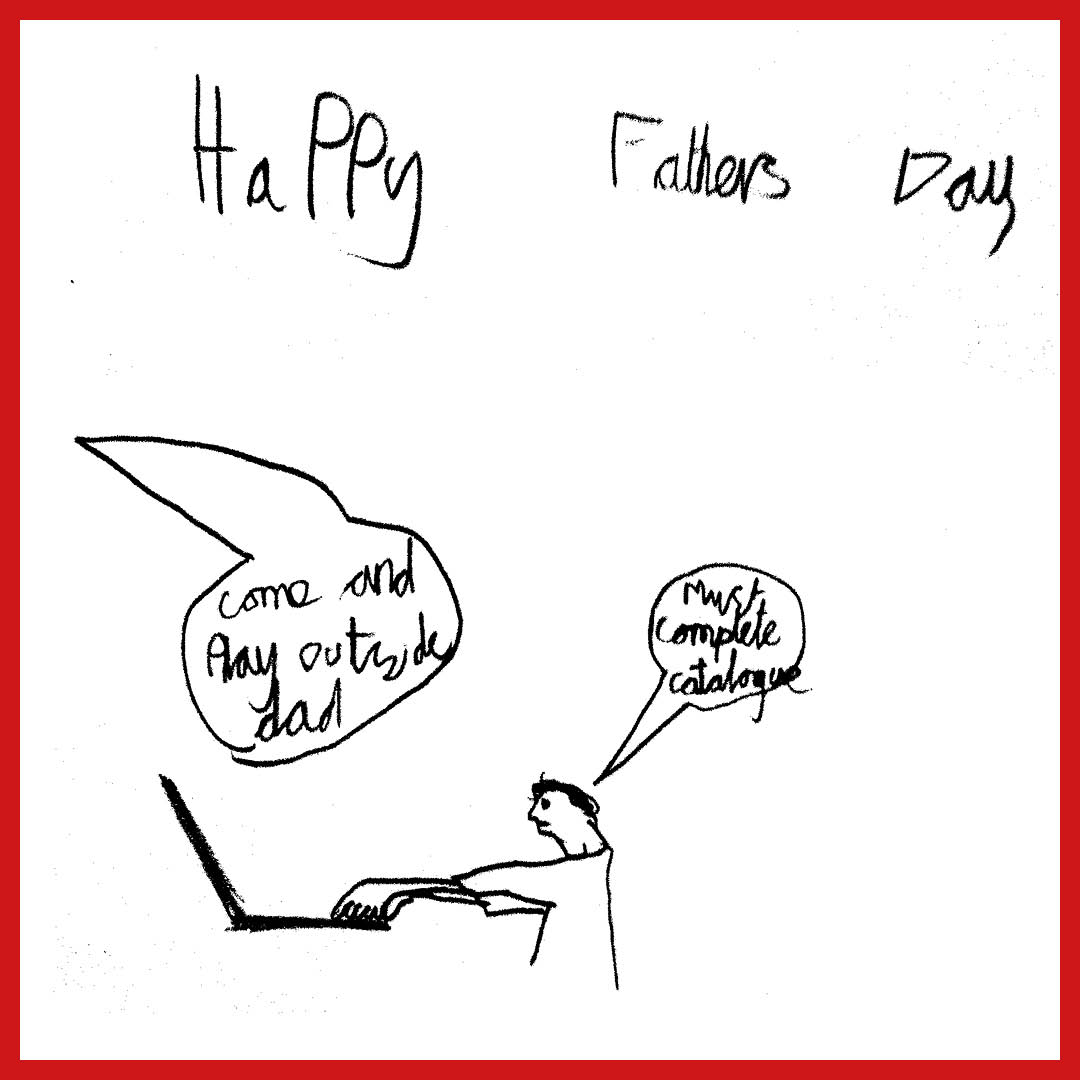
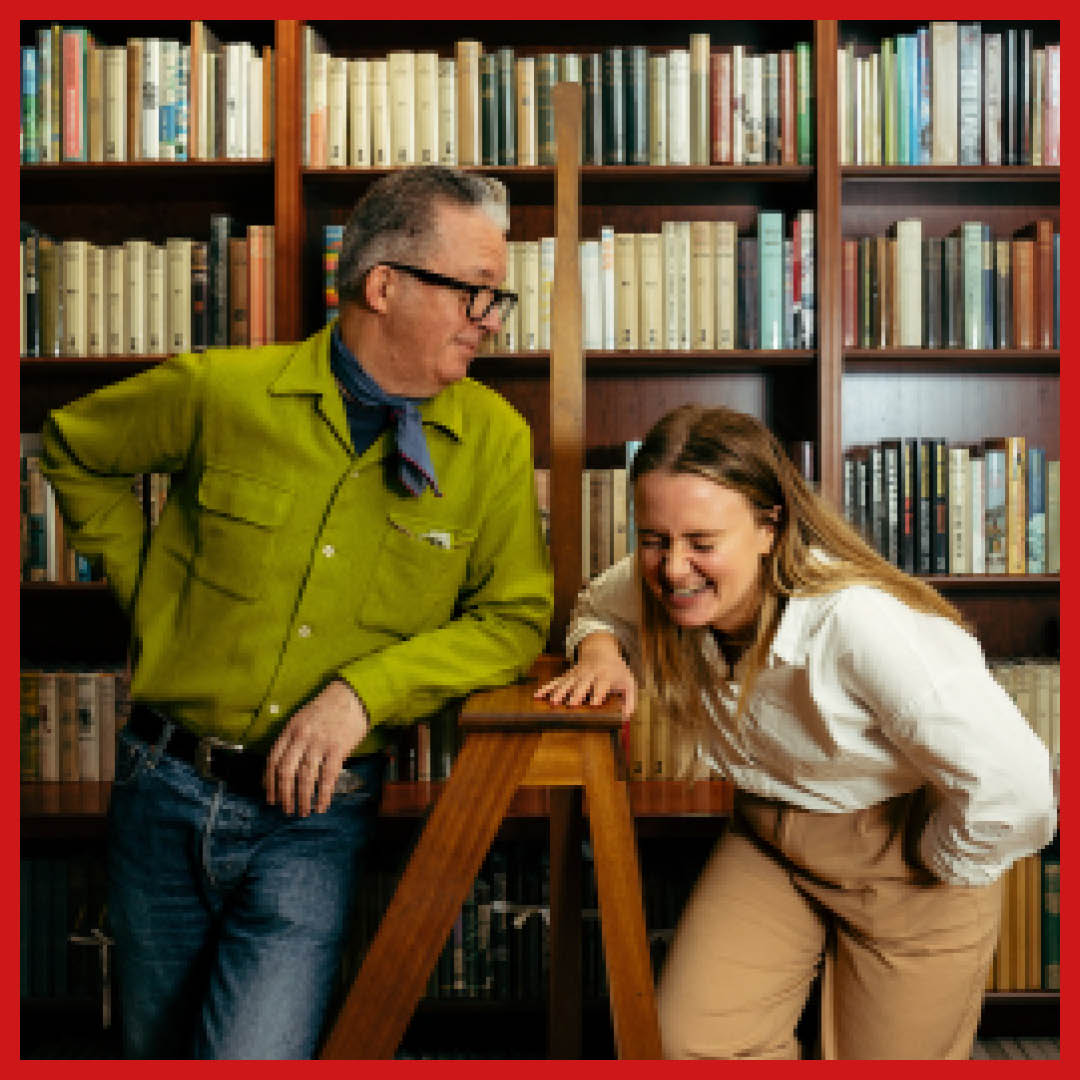
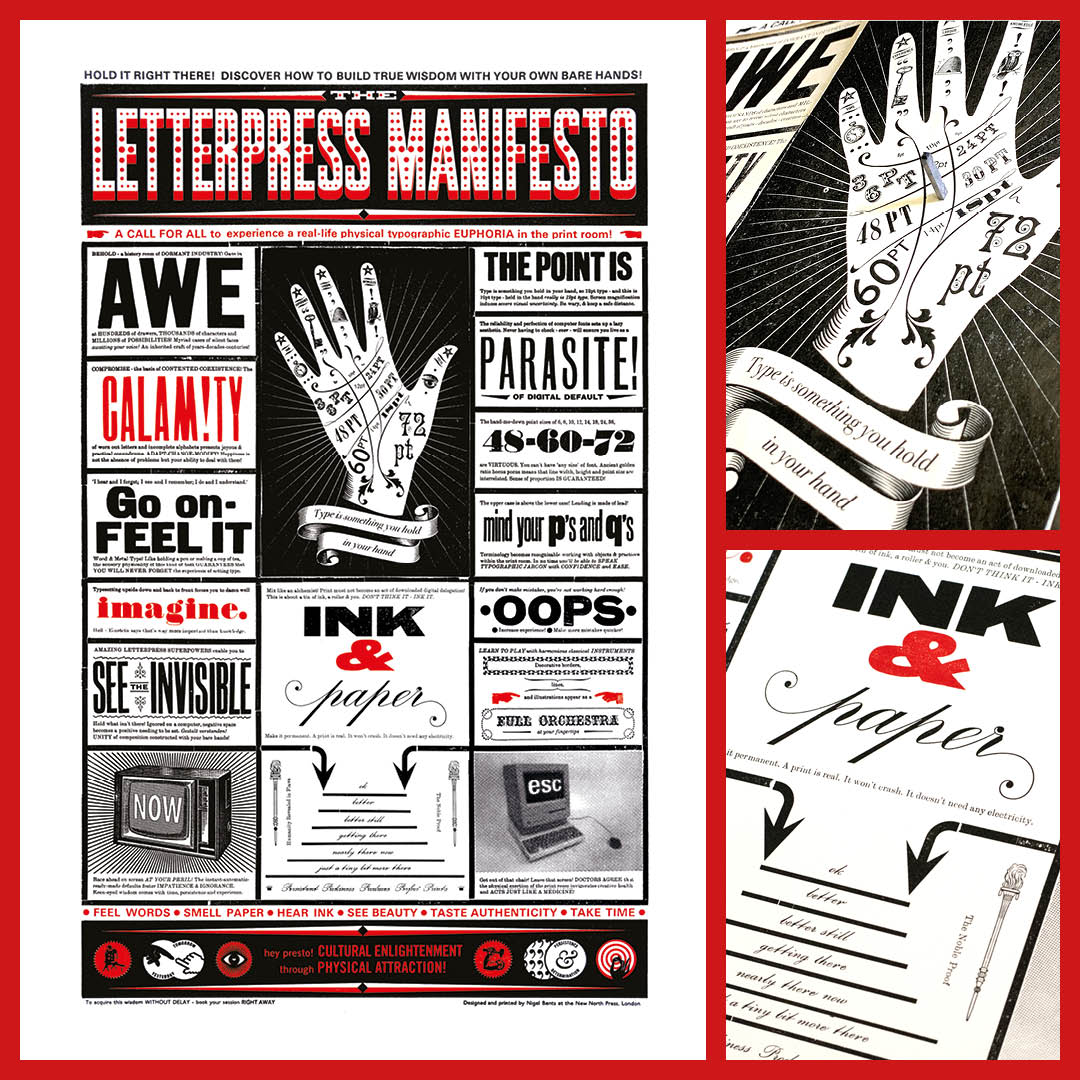
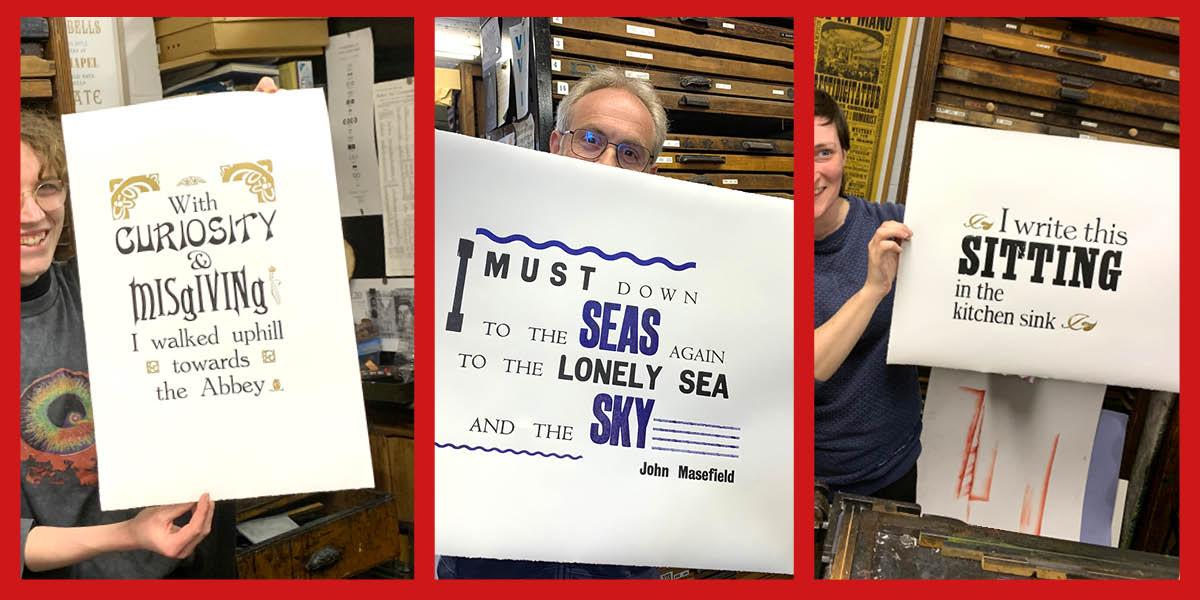
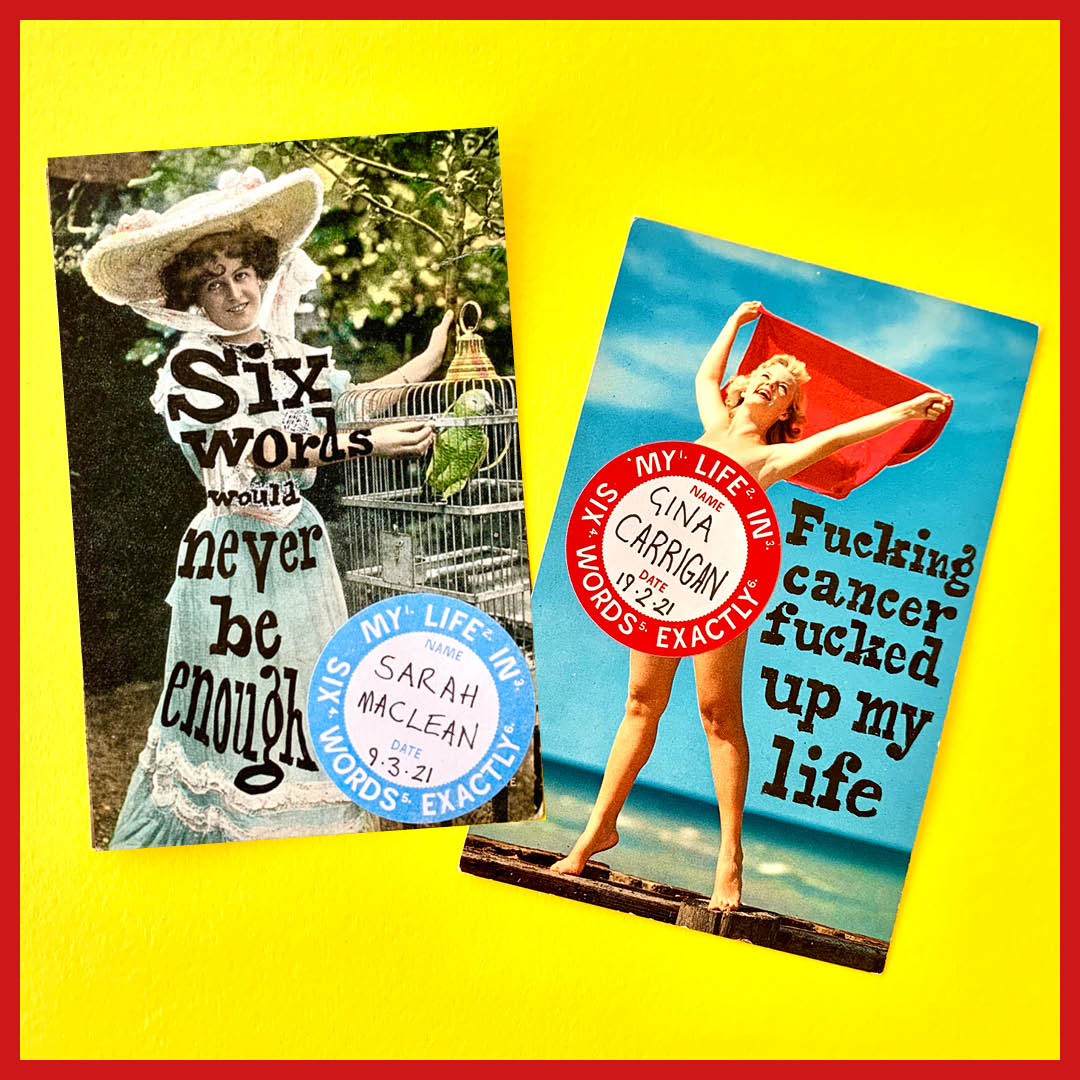

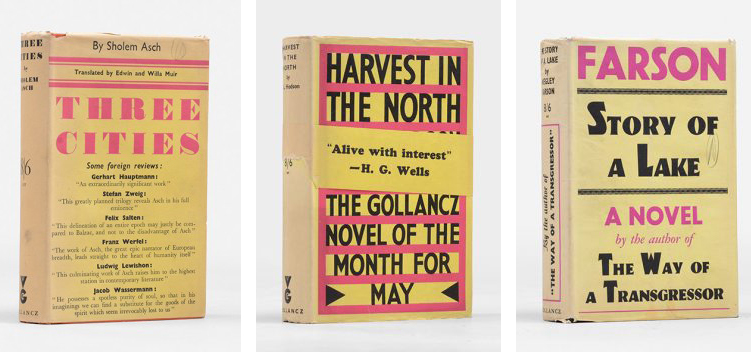

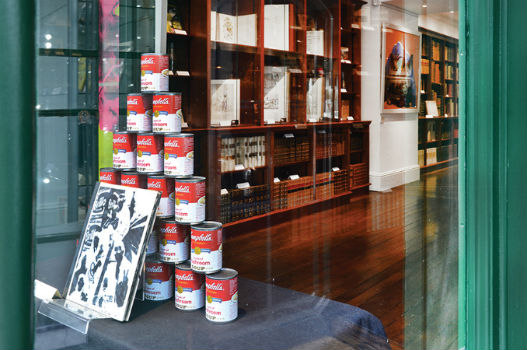
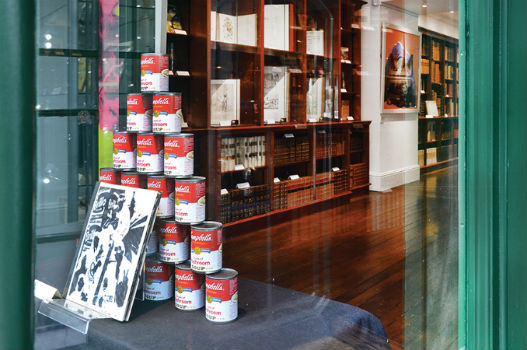
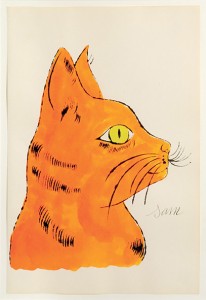
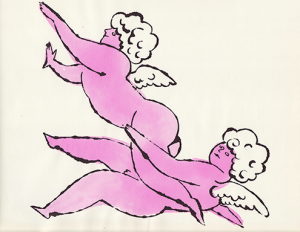
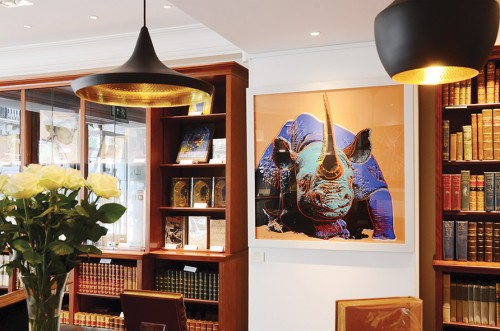
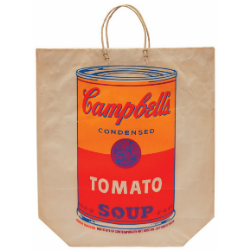
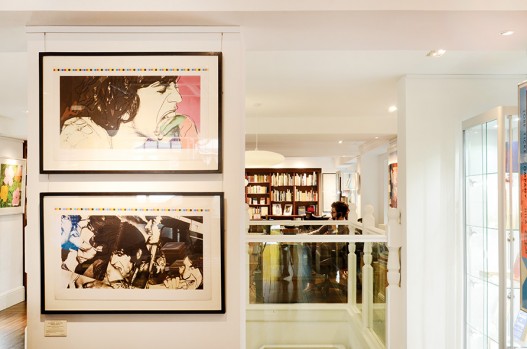
Recent Comments